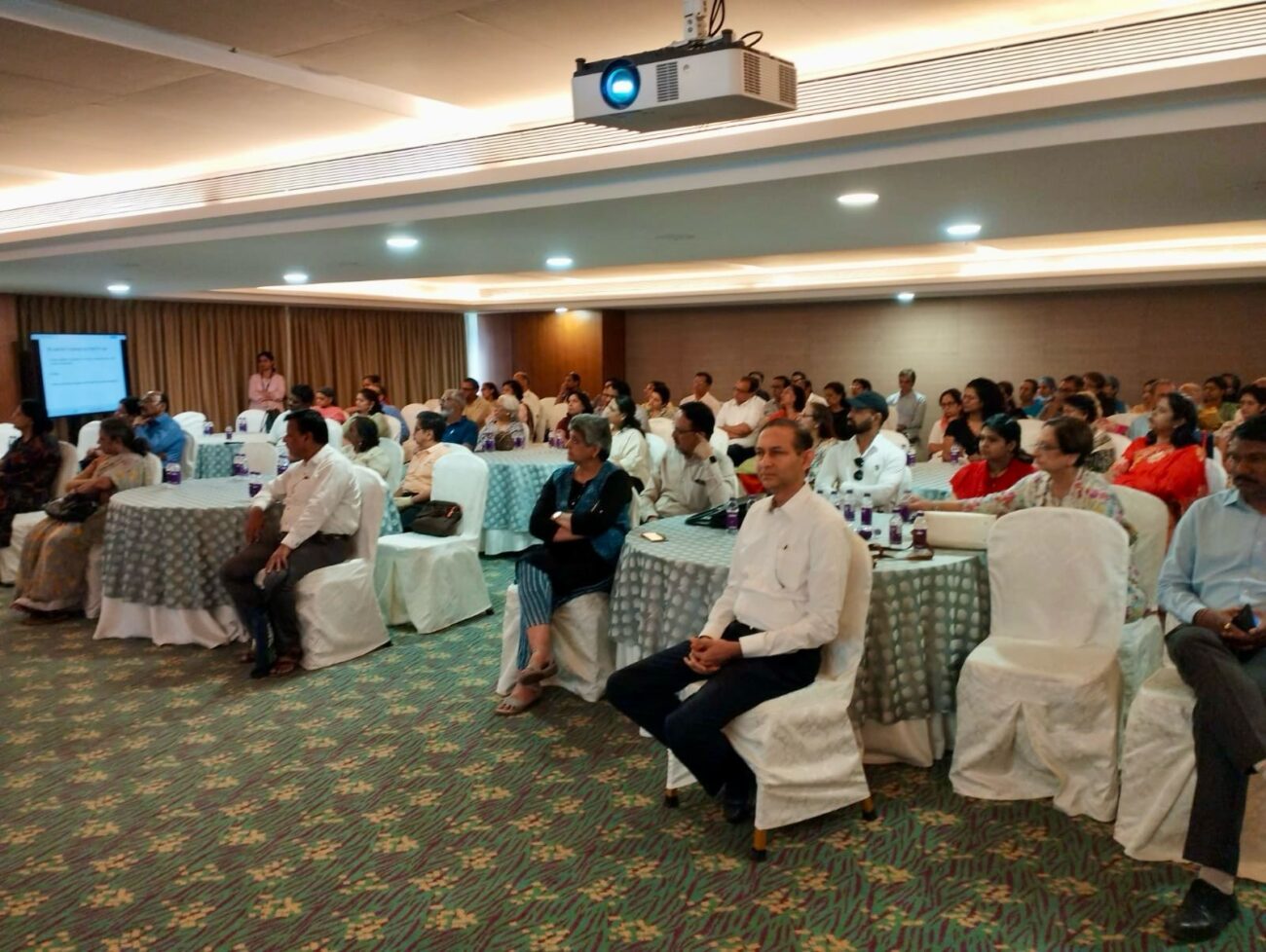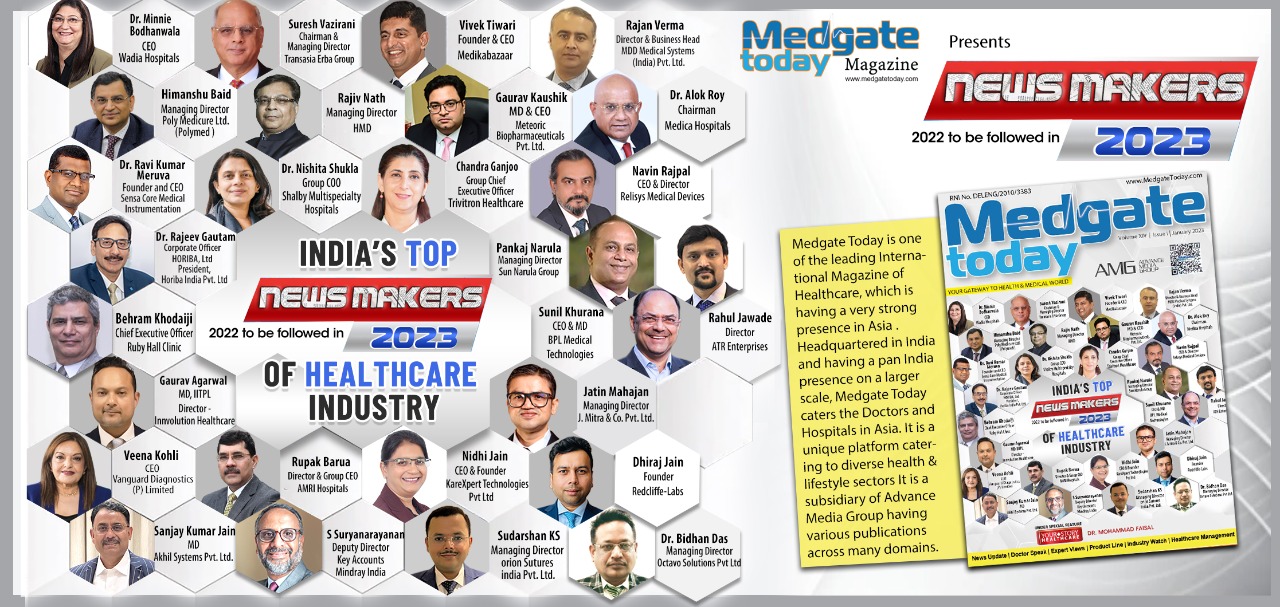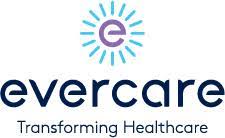The Acceleration of Proactive Patient Care is on the horizon – will you be left behind?
In February this year, the Indian government made a compelling proposal with a compelling name: the National Health Protection Scheme. The NHPS strives to provide 10 Crore (100 Million) citizens with annual healthcare coverage of
In February this year, the Indian government made a compelling proposal with a compelling name: the National Health Protection Scheme. The NHPS strives to provide 10 Crore (100 Million) citizens with annual healthcare coverage of up to 5 Lakh INR (~8k USD).
Ambitious? Definitely. Feasible? Maybe. Politicking? What isn’t?
To not diverge our journey for this relatively under-defined government plan, let us assume that “ModiCare” will work out. One hundred million more citizens may soon access high quality tertiary healthcare for their ailments. Is the healthcare industry ready for this load? With a shortage of hospital beds and a shortage of clinicians, this plan, although bears merit, seems to exacerbate the underlying problem.
India’s demand for healthcare will increase; does India have time for supply to catch up?
There is a potential solution staring us in the face: accelerate healthcare towards proactive patient care. Without moving towards a proactive healthcare approach, the current healthcare gap will continue to widen faster than we can build the bridge.
What is proactive healthcare?
Proactive healthcare for patient management is analogous to preventive healthcare for disease. Preventive healthcare aims to reduce the burden of disease across a population; proactive healthcare ensures that clinicians can intervene before a patient critically destabilizes, improving outcomes and optimizing care delivery.
There are many opportunities to empower the healthcare industry. Hospital information systems are archaic and a multitude of medical devices could use a massive overhaul. So where does one begin transforming healthcare from reactive to proactive? The answer is obvious. The acceleration of proactive healthcare needs the right propellant; that propellent is smart patient monitoring. It impacts all patients irrespective of disease, acuity, or demographics is vital parameters.
Patient monitoring is one of the most under-disrupted processes in a hospital.
Patient monitoring almost always falls into two camps:
- Patients’ vital signs are measured by a human every few hours. These numbers are scribbled down on the chart. Doctor reviews charts twice a day to triage the patients.
- Patients’ vital signs are measured by a machine continuously. These numbers are scribbled down on a chart every few hours. Doctor reviews charts twice a day to triage the patients.
See the issue? The patient monitoring industry has thrown in a bit of automation and it thinks the problem has been solved! The space is so under-disrupted that the same multi-parameter patient monitors have been around for over two decades. Try it yourself: google “patient monitor” and you will see that literally all of them look and work exactly the same.
Although standardization in healthcare can be good, today’s standard of patient monitoring is directly crippling a clinician’s ability to be proactive. After all, how is a clinician, no matter how well they are trained, supposed to make proactive decisions when they get four to six data points a day about the patients’ condition?
Try it yourself. Is this patient going to get better or worse?
Hard to say, isn’t it? Proactive care can only exist when a plethora of easy to interpret data is available to see the patterns from the noise. This is where trends that convert several data points into meaningful insights can help clinicians take the lead from reactive to proactive healthcare. Now here is the above data converted into a trend using a continuous patient monitoring solution available in the market today.
When you can visualize the pattern, it doesn’t take decades of training to see that the patient is getting worse. When a trained clinician sees the pattern, it becomes effortless to proactively respond, rather than rapidly react. The clinical impact of improved monitoring has been widely proven. When clinical efficiency improves, everyone wins.
1. Vigilant monitoring reduces in medical mishaps: 85% reduction of unplanned ICU transfers and a 69% reduction of unplanned step-down unit transfers on general patient-care floors
2. Proactive management reduces length of stay: Those who underwent an intra-hospital transfer from the medical-surgical unit to the intensive care unit, the average length of stay decreased by two days, or 45 percent; the rate of code blue events, overall, decreased by 86 percent.
3. Better outcomes are achieved while saving time: On a 36-bed unit with vital signs ordered on average of four times a day, this automated monitoring could save almost 120 hours of staff time per month
When today’s clinical, nursing, and hospital resources can be used to treat twice the patients in half the time, well… people start noticing.





